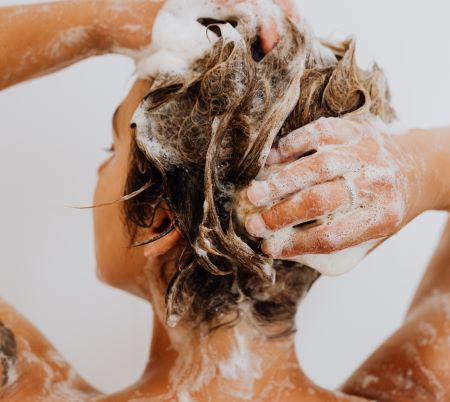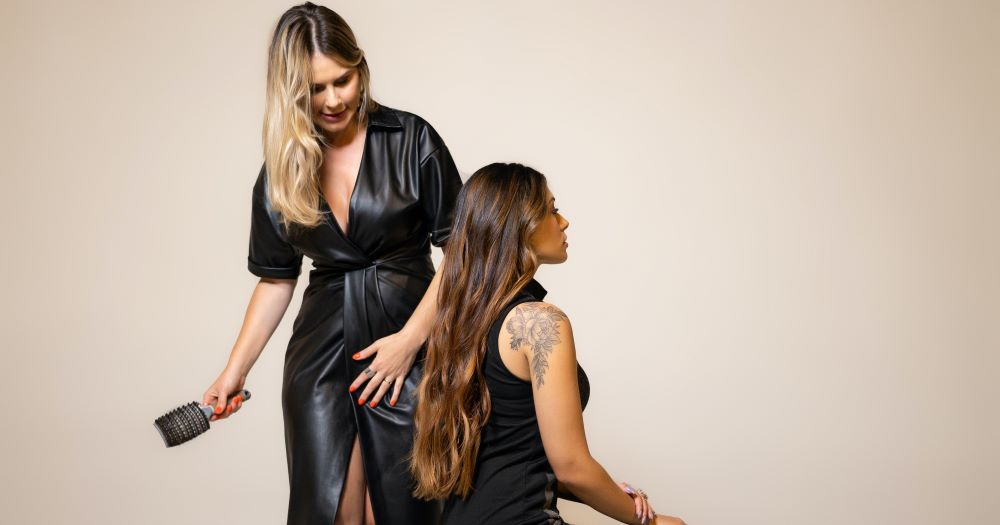Does Brushing Wet Hair Damage it?
We will delve into the topic, examining the effects of using a hairbrush on wet hair and providing you with valuable insights to help you make informed decisions regarding your hair care routine.
The Vulnerability of Wet Hair
When hair is wet, its structure undergoes changes that make it more susceptible to damage. Wet hair becomes weaker, elastic, and stretches more easily due to water absorption. The cuticles, which are the outermost protective layer of the hair, lift slightly when wet, leading to increased porosity. This makes the hair more prone to breakage, split ends, and frizz. Consequently, it is crucial to handle wet hair with care.
The Importance of Proper Hairbrush Selection
Choosing the right hairbrush is essential for maintaining the health of your hair, whether wet or dry. When it comes to wet hair, it is recommended to opt for a wide-toothed comb or a brush specifically designed for use on wet hair. These brushes have widely spaced bristles or teeth, which minimize tugging and pulling. Using a regular brush with densely packed bristles on wet hair can cause unnecessary stress and breakage.
The Benefits of Detangling Wet Hair
Despite the risks associated with wet hair, it is important to address tangles promptly to prevent further damage when the hair dries. Gently detangling wet hair using an appropriate brush or comb can help prevent knots from becoming more tangled and ultimately leading to breakage. Start from the ends and work your way up to the roots, using slow, smooth strokes to minimize hair damage.
Techniques to Safely Brush Wet Hair
To minimize damage while brushing wet hair, it is crucial to adopt proper techniques. Here are a few tips to help you navigate this process:
1. Patience:
Take your time while brushing wet hair to avoid unnecessary force or aggression. Rushing through the process can result in breakage and hair loss.
2. Sectioning:
Divide your hair into smaller sections and brush one section at a time. This approach reduces tension and allows for more controlled brushing.
3. Wet Hair Products:
Consider using specialized detangling sprays or leave-in conditioners designed for wet hair. These products help to lubricate the hair, making it easier to comb through without causing excessive damage.
4. Gentle Strokes:
Use slow, gentle strokes while brushing wet hair. Start from the ends and work your way up, gradually removing tangles and knots without causing undue stress on the hair shaft.
Alternatives to Wet Hair brushing
If you remain concerned about potential damage, there are alternatives to wet hair brushing that can help preserve the health of your hair. Some individuals choose to detangle their hair before washing or use their fingers to separate the strands while applying conditioner in the shower. Alternatively, opting for a wide-toothed comb or a brush specifically designed for wet hair can be a gentler approach.

Using a wet hairbrush can potentially damage your hair if not done properly. Wet hair is more vulnerable to breakage, and using the wrong type of brush or employing aggressive brushing techniques can exacerbate the risk. However, with the right tools, techniques, and products, you can minimize damage and effectively detangle wet hair without compromising its health. Remember to exercise patience, use gentle strokes, and consider employing alternative methods if you have concerns about brushing wet hair.
Read our article on Haircare The Secrets to Thick, Healthy & Strong Hair
